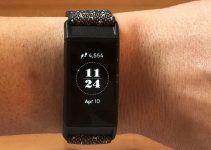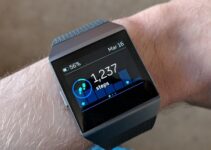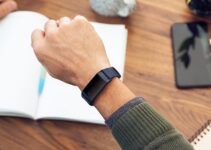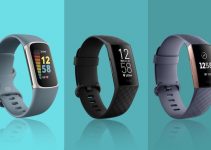There are many reasons why we love Fitbit trackers, and one of them is their ability to track your heart rate all through the day. In fact, it can track your heart rate at night if you put it on while you sleep.
This is an important feature, being that heart health is key to being alive. And having the ability to keep track of your heart rate on a daily basis is definitely a plus!
However, all the fun could be spoiled if your Fitbit heart rate monitor stops working!
If this is the case with your Fitbit, we urge you not to panic, as there are basic steps you can take to remedy the problem.
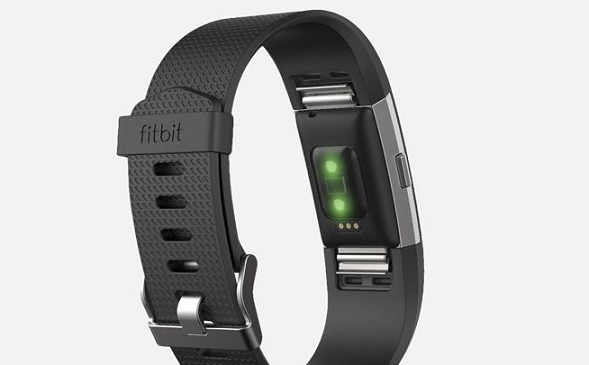
Thankfully, we have all these tips prepared for you in this article.
All you have to do is read to the end, and your Fitbit heart rate monitor will be working again!
Why Your Fitbit Device’s Heart Rate Monitor Isn’t Working
Below are a few reasons your Fitbit heart rate monitor isn’t functioning.
It isn’t making proper contact with your skin: For your Fitbit to read your heart rate, the sensors have to pick up signals, and it does so by making contact with your skin.
If the strap is loose, then it’s not making proper contact, hence the failure of the monitor.
The battery may be low: If the battery of your Fitbit is critically low, then the heart rate monitor may not work.
The sensors may be dirty: The sensor on your Fitbit is very delicate. If it is covered in sweat or dust, it may not be able to read your heart rate properly.
Fitbit Heart rate Monitor Not Working: Recommended Fixes
Try the tips we will list out below to get your Fitbit heart rate monitor working again.
Tip 1: Set to the on-wrist mode
For Fitbits that work in a clip, try going to settings and place your Fitbit on the “on-wrist” mode. If the tracker is set to the “on-clip mode”, then the heart rate sensor will be disabled.
Tip 2: Charge your Fitbit to 100% (or at least 50%)
A critically low battery could cause your Fitbit heart rate monitor not to work, as the function requires some battery power.
A simple remedy here is to charge your phone to 100%. If you’re not patient enough, then you can charge it to around 50%. This level of charge should be able to handle the heart rate monitor function.
After the charge, restart your device to see if the monitor is working.
If it still doesn’t work after doing this, then try the next tip.
Tip 3: Apply pressure on the arm wearing the Fitbit
In a case where you suspect the heart rate monitor is reading wrongly, you can keep the arm wearing the tracker in a still position for about 10 seconds, then check if your heart rate changes.
You can also use the other hand and apply pressure on your wrist to see if there are any changes. If there are, then it means it’s reading correctly.
Tip 4: Clean the sensors
Using a microfiber glass polishing cloth, clean the back of your Fitbit where the sensor is.
This works most of the time, as sweat and dust may disrupt the heart rate monitoring process.
Be sure to use a small amount of isopropyl alcohol to clean. Do not apply the substance directly on the Fitbit pebble, apply on the cloth instead.
Tip 5: Place the Fitbit in an area where you have no tattoos
This tip is for those who have tattoos on their bodies. The drawings could obstruct the sensor and stop it from reading.
You can try placing the Fitbit pebble in an area of your body that has no tattoos then check to see if the heart rate monitor has begun working.
An extra tip here is to wear the Fitbit pebble in a way that it’s on the inside of your wrist, not the outside.
Tip 6: Tighten the band
Doing this will ensure the tracker is making proper contact with your skin. This will enable the heart rate monitor to pick up signals with ease.
Conclusion
The sensor on your Fitbit is very delicate, which means one wrong situation can stop the heart rate monitor from working.
Keep the sensors clean at all times, and make sure the strap is tightly fitted around your wrist.
Hopefully, these tips will be of help to you.
Thanks for reading!

